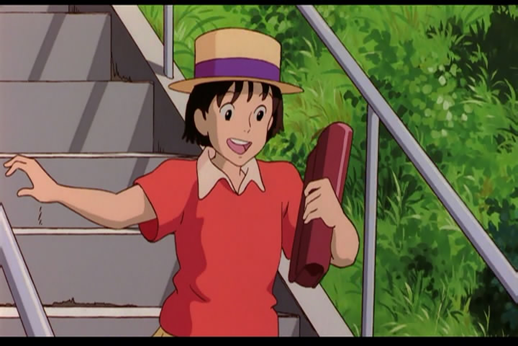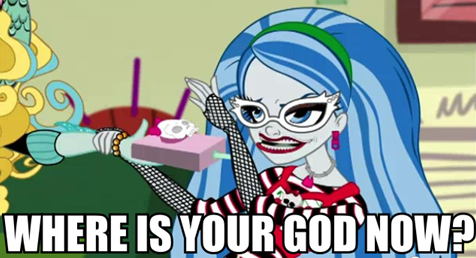
I've become one of those fans who dislikes a canon and wishes it were different. Before that, I was someone who followed the absolute word of a creator or creators of a work, seeing it as the primary thing above all else, and was totally happy to do it. Fannish works were fun indulgences, but there was still a hierarchy involved.
And after wrestling with the feelings brought about by this change, I still believe this. No matter how much literary theory I read, the creators will always be above the fans, and the ideal state is for a creator to do what they want, without worrying about pleasing the fans. Fans are free to imagine their own versions of things, and can offer any criticism, but it does not exist on the same level as the original work. Creative ownership is paramount, even when I dislike what results.
Thus, I have a boundary: a fan can say anything they want against a creator's work and actions, imagine any alternative scenario they wish, but when they start to say that fans own a work, that the creator must obey them, their arguments lose all value.
Naturally, this makes this entire George Lucas/Star Wars debacle fascinating to watch. I know there's nothing in the middle of the road but yellow lines and dead possums, but I find things to hate on both sides of the debate.
Before the boundary was crossed, I agreed with the disgruntled Star Wars fans. Yeah, what Lucas has been doing with Star Wars sucks on a lot of levels: he keeps tweaking the original work, and refuses to release the originals in the same good quality that the Special Editions and the other films and cuts have been. He uses excessive CGI, his scene alterations usually make things worse, and he’s apparently a terrible writer when unfettered by editing or collaborators willing to disagree. It’s just so easy for me to buy into the image of Lucas as a vain dude surrounded by yes-men and piles of money, who tries to frame everything as a grand and considered part of his vision.
But when the cry comes down that Lucas has done so much damage to the Star Wars franchise that it ought to be taken away from him for its own good, I come to side with Lucas, however grudgingly. The same is true for claims that Star Wars is now “bigger” than Lucas, and thus he has to take the millions of fans into consideration as well. That’s when the line is crossed.
Refusing to offer a good release of the theatrical Star Wars cuts is just being rude, nothing more, and nothing less. To offer that coveted release would simply be the nice thing, something for Lucas to do out of the kindness of his heart (or a desire to add to his money bin). Yet like all good deeds, the choice to do them rests on the one who could do it. Lucas apparently won’t, and that’s his prerogative.
This notion of ownership is of such concern because, while I am a nerd, but I also have aspirations of production. Although I make those little vows never to go back and remake my own work, to always push forward and try something new, I keep asking myself, “How would I feel if fans started to say my work should be taken away from me, because they disagreed with its direction? Pretty damn sad.” I want to claim possession of something I made, I want it to be mine. It’s satisfying. By all means, discuss the direction and connotations of a work, but don’t grant equal shares of ownership to everyone who’s ever invested themselves in a text.
While severing Lucas from Star Wars may seem different than demanding an author put a fan-favourite couple together, or give their favourite character more scenes, they are all ultimately the same things. They all rely on the principle of “We own you”, and it’s not a statement that many authors want to hear. Creators are not gods, but they do have power. Fans can have that power when they make original works, but they shouldn’t have power over others’ work.
It’s true that the name of creator is not as simple as it appears, especially with films. Many people were involved in making Star Wars the phenomenon it is, and I believe them when they say that Lucas needed the input of other people to produce something refined—that is true of all artists, because even novelists have editors. Yet the subjects related to the notion of a "creator" are so fascinating and so integral that it’s not worth it to give up idea that works of art have creators whose actions are worth paying attention to. Lucas and others need to exist as a focal point when discussing their works. The author could be dead, but never buried. Therefore, name Lucas as the originator above all else, because he generated the ideas that would become Star Wars.
And yet he can is what I always come back to. If Lucas wants to keep doing those things, he can. He doesn’t owe it to anyone to stop. To feel this way is not passivity: it is simply giving Lucas his due as a man who has made something. And because he is, he can do what he wants, even if it means being a rude bastard.


